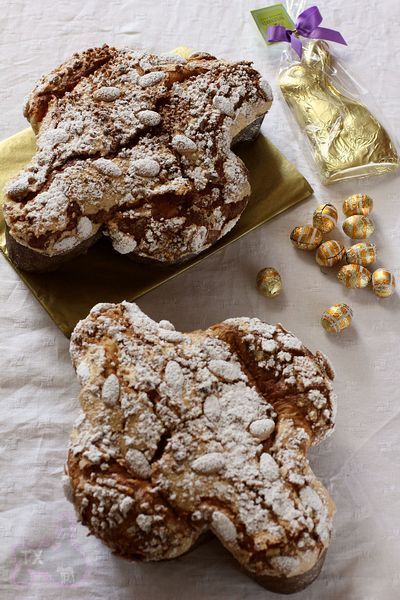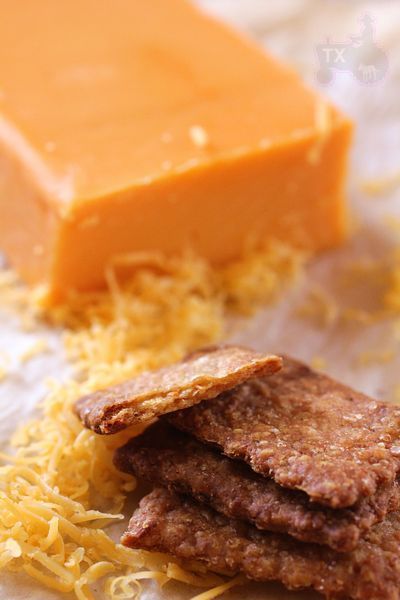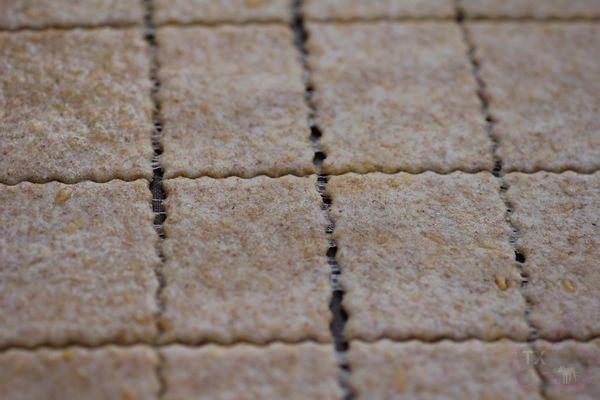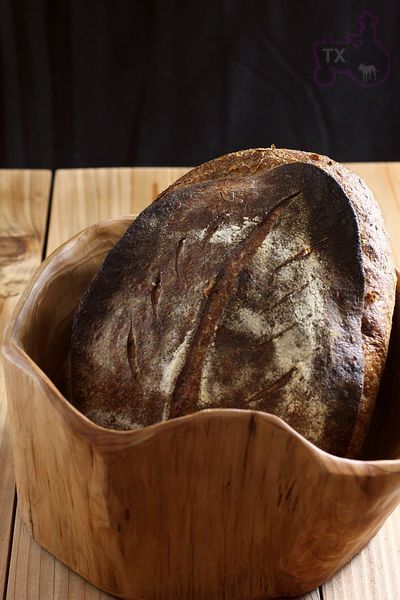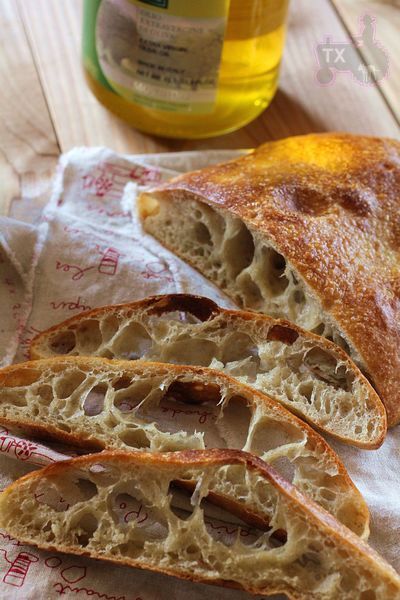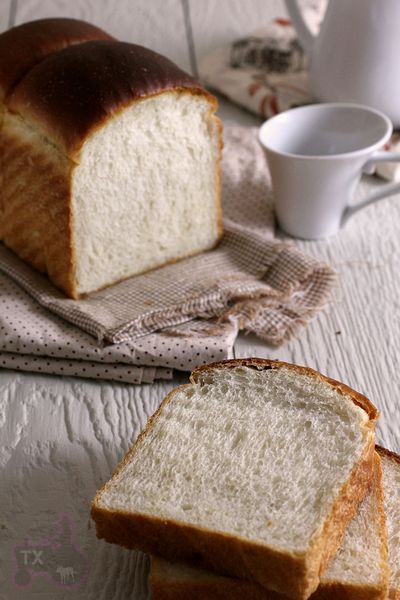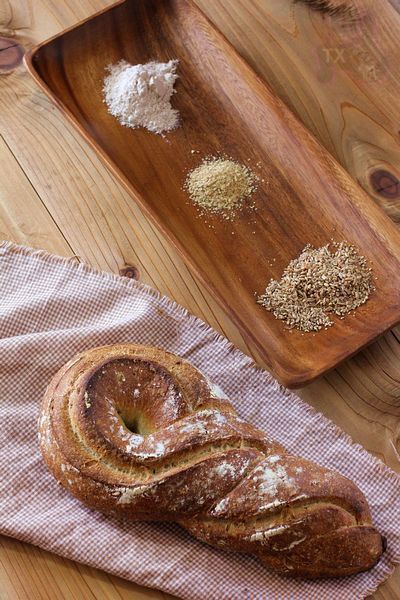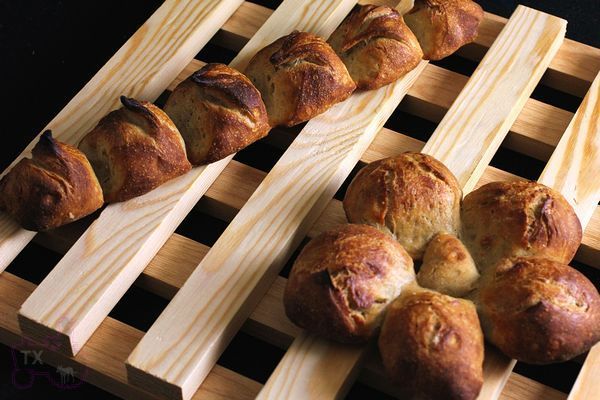Mini's Favorite Rye - mostly happy, but have questions
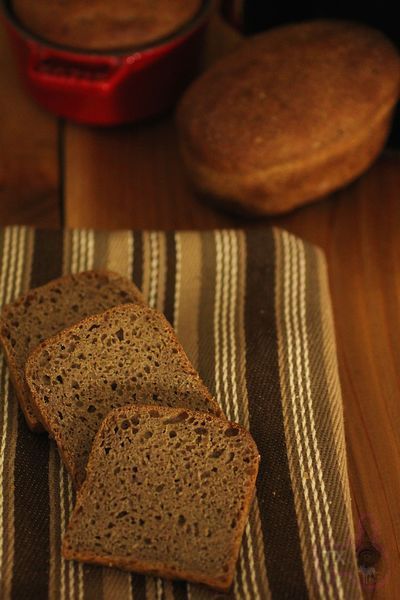
I have been making mini's favorite rye (posted here) several times now , this last batch was my best so far with good volume, somewhat even distribution of small air pockets, and of course great flavor and moist mouth feel.
